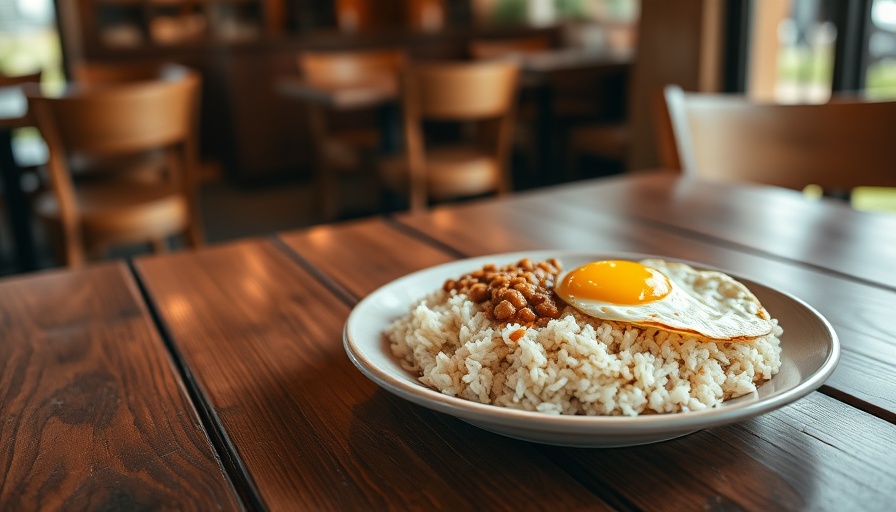
Exploring Costa Rica's Vibrant Breakfast Culture
When traveling in Costa Rica, particularly for those considering retirement or relocation, the culinary scene plays a significant role in lifestyle compatibility. In recent explorations commingled with nostalgia, I ventured to a familiar spot in La Fortuna—Rainforest Cafe—where I used to enjoy breakfast multiple times a week. Its inviting ambiance and decent food come at a cost. With breakfast prices ranging from 9,000 to 11,000 colons (approximately $18 to $22), it's clear the establishment caters primarily to tourists. While the food is satisfactory, it suggests the need for prudent budgeting.
In 'Quick Breakfast Comparison Fortuna/Ciudad Quesada,' the discussion dives into the stark contrast between tourist-centric dining versus local favorites, providing key insights that sparked deeper analysis on our end.
The Contrast: Authentic Dining in Ciudad Quesada
Following my visit to La Fortuna, I made my way to Ciudad Quesada, a locality where authentic Costa Rican cuisine thrives. My destination was El Chonete, a place well-immersed in the local flavor and community vibe. Unlike Rainforest Cafe, which features an array of Western-style breakfast options like pancakes and yogurt with berries, El Chonete focuses on traditional Tico cuisine. Here, I could indulge in a casado—a typical plate combining meat, salad, rice, beans, and plantains—for just around $7, complete with freshly brewed coffee made the old-fashioned way.
A Taste of Traditional Tico Culture
Eating at El Chonete offered a refreshing perspective on Costa Rican dining. The cozy atmosphere buzzes with locals and hints of tradition. Observing the meticulous preparation of coffee via the sock method added a delightful, homey touch to the meal. Coffee here isn't just an addition—it's part of the experience, reinforcing the importance of social connection over a shared meal.
Comparing Tourist-Focused and Local Eateries
The dining comparison between the two locations underscores a prevalent theme for visitors to Costa Rica: costs can soar in tourist-heavy areas. While La Fortuna exemplifies this reality, Ciudad Quesada presents an opportunity for budget-friendly alternatives. There's a notable difference in experience as well. At tourist spots, prices elevate alongside ambiance, often alienating locals. Conversely, local eateries like El Chonete create welcoming spaces where patrons enjoy authentic meals at reasonable costs.
Why it Matters: Understanding Local Economies
As retirees and expatriates evaluate potential places to settle, understanding local dining dynamics can provide insights into living costs and community culture. While many view Costa Rica as expensive due to inflated prices in tourist zones, stepping beyond those borders often reveals a vastly different picture. Embracing local cuisine not only fosters a more genuine experience but also supports local economies.
Implications for Future Travelers and Expats
For those planning their visits or considering long-term relocation, my insights share a fundamental message: do your homework and seek out authentic experiences. Dining like a local doesn’t just enrich the travel experience; it cultivates deeper connections with the culture and community.
 Add Row
Add Row  Add
Add 




 Add Row
Add Row  Add
Add 

Write A Comment